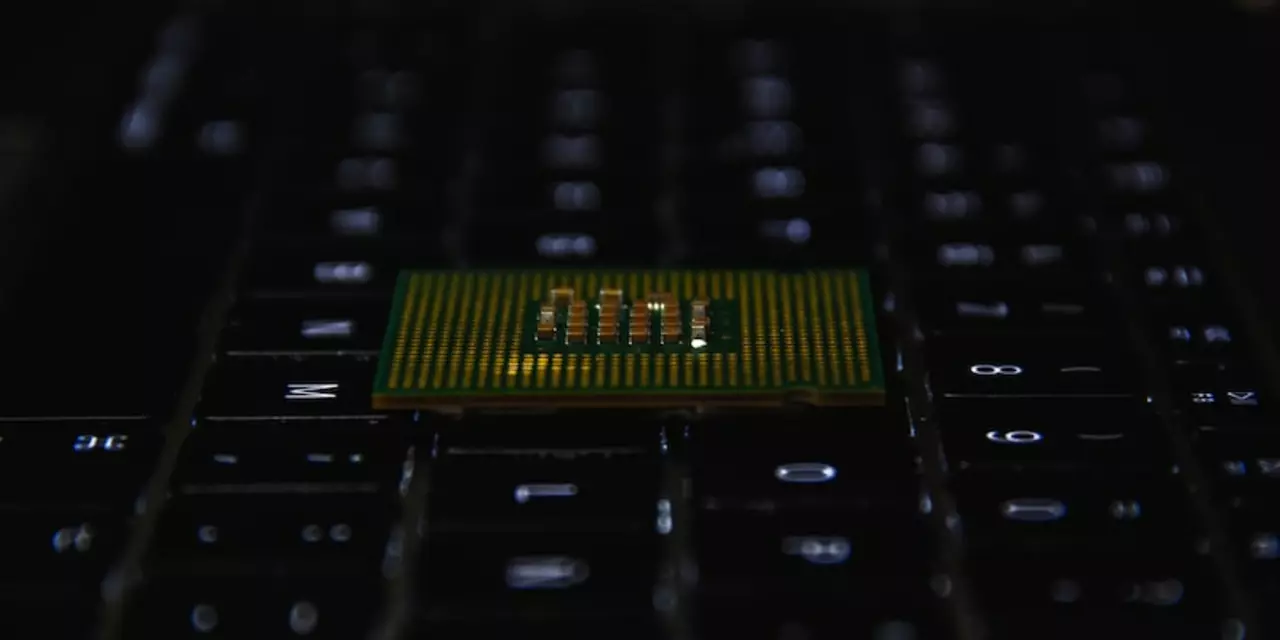Quantum Computing: What It Is and How It Works
If you’ve heard the term "quantum computing" and felt a bit lost, you’re not alone. It’s a buzzword that sounds futuristic, but the basic idea is easy to get. Instead of tiny switches that are either on or off, quantum computers use qubits that can be on, off, or both at the same time. That simple twist lets them solve some problems much faster than regular computers.
How Qubits Differ from Classical Bits
A classical bit is like a light switch – it’s either up (1) or down (0). A qubit, on the other hand, behaves like a spinning top that can point in many directions at once. This property, called superposition, means a single qubit can hold a lot more information than a bit. When you add another qubit, the possibilities grow exponentially, not just add up.
Another key trait is entanglement. When two qubits become entangled, the state of one instantly influences the other, no matter how far apart they are. This link lets quantum computers perform calculations in parallel that would take classical computers ages. Think of it as a team that can finish a puzzle together, instead of one person working piece by piece.
Real‑World Uses of Quantum Computing
Right now, quantum computers are still in the lab, but they already hint at big changes. In chemistry, they can model molecules with unprecedented accuracy, speeding up drug discovery. In finance, they can crunch massive datasets to find patterns for better risk assessment. Even supply‑chain managers are watching for quantum algorithms that could optimize routes instantly.
Security is another hot topic. Most of today’s encryption relies on the fact that factoring large numbers is hard for classical computers. A powerful quantum machine could break that code, which is why researchers are building “post‑quantum” encryption today. It’s a race between creating safer locks and building stronger keys.
So, should you start learning quantum programming right now? If you love puzzles and want to stay ahead of tech trends, a bit of exposure won’t hurt. Free online tutorials let you experiment with simple quantum circuits using visual tools. You’ll get a feel for how gates manipulate qubits, much like you’d arrange Lego bricks.
In everyday life, you probably won’t need a quantum computer tomorrow, but understanding the basics helps you see why big companies are investing billions. It also prepares you for a future where quantum‑enhanced services become common, like ultra‑fast drug design or perfectly optimized traffic flows.
Bottom line: quantum computing swaps the binary world of 0s and 1s for a richer, fuzzier playground of probabilities. That shift lets it tackle problems that choke regular computers, and the ripple effects will touch many industries. Keep an eye on the latest breakthroughs, try a sandbox tool, and you’ll be ready when quantum tech moves from the lab to your laptop.
What are some innovative applications of quantum computing?
Quantum computing is a relatively new technology that has the potential to revolutionize computing as we know it. It utilizes the principles of quantum mechanics to process information, allowing for exponentially faster processing speeds than traditional computing. Innovative applications of quantum computing are being developed in industries such as healthcare, finance, energy, and artificial intelligence. In healthcare, the technology could be used to improve the accuracy and speed of drug design and development. In finance, quantum computing could be used to process financial data more quickly, allowing for faster and more accurate decisions. In energy, quantum computing could be used to optimize energy usage and distribution. Finally, quantum computing could be used to create more powerful artificial intelligence algorithms that can process more data and learn more quickly.
Why is it difficult to understand quantum computing?
Quantum computing is a revolutionary new form of computing that is based on the principles of quantum mechanics. The fundamental difference between classical computing and quantum computing is that classical computing is based on bits which are either 0 or 1 whereas quantum computing is based on quantum bits, or qubits, which can be in multiple states simultaneously. This makes quantum computing incredibly powerful and efficient, but also incredibly difficult to understand and implement. This is due to the fact that quantum computing relies on complex mathematical equations and algorithms to work, and it requires a deep understanding of quantum mechanics and physics. Additionally, developing a quantum computer requires specialised hardware that is expensive and difficult to build. This makes quantum computing a difficult and complex field of research, but also a highly rewarding one.

